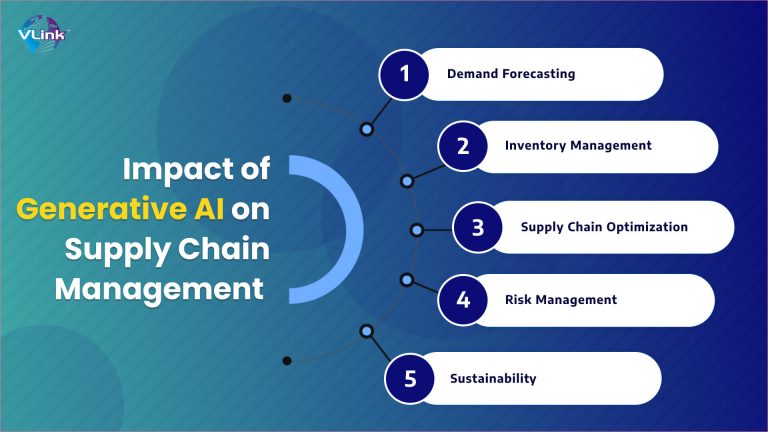The Impact of Generative AI for Supply Chain Optimization
In the rapidly evolving landscape of logistics, generative AI has emerged as a transformative force, significantly enhancing supply chain processes. By leveraging advanced algorithms and vast datasets, generative AI can automate and optimize various aspects of the supply chain, resulting in increased efficiency and reduced operational costs. One of the primary areas where generative AI excels is in demand forecasting. By analyzing historical data and identifying patterns, AI can predict future demand with remarkable accuracy, enabling companies to adjust their inventory levels accordingly and minimize waste.
Generative AI also plays a pivotal role in streamlining logistics operations. Through intelligent route optimization, AI can determine the most efficient paths for transportation, considering factors such as traffic conditions, weather forecasts, and delivery windows. This not only reduces fuel consumption and transportation costs but also ensures timely deliveries, enhancing customer satisfaction. Additionally, AI-driven automation of warehouse operations, such as sorting and picking, leads to faster processing times and improved accuracy, further optimizing the supply chain.
Moreover, generative AI facilitates real-time decision-making by providing valuable insights from data analysis. It empowers supply chain managers to identify potential disruptions and quickly respond with effective solutions. For instance, in the event of unexpected demand spikes or supply chain bottlenecks, AI can suggest alternative suppliers or reallocate resources efficiently. This agility in decision-making is crucial in today’s fast-paced business environment, where adaptability is key to maintaining a competitive edge.
Future Trends: The Role of Generative AI in Supply Chain Optimization
As technology continues to advance, the role of generative AI in supply chain optimization is expected to expand significantly. One of the emerging trends is the integration of AI with Internet of Things (IoT) devices. By connecting various elements of the supply chain, from manufacturing equipment to delivery vehicles, IoT devices provide real-time data that AI can analyze to enhance decision-making. This integration allows for proactive maintenance of machinery, reducing downtime and increasing overall efficiency.
Another promising trend is the use of blockchain technology in conjunction with generative AI. Blockchain ensures transparency and traceability in the supply chain, providing an immutable record of transactions and movements. When combined with AI, it enables more secure and efficient tracking of goods, from raw materials to finished products. This synergy not only enhances trust among stakeholders but also reduces the risk of fraud and errors, leading to a more robust and reliable supply chain.
The future of generative ai for supply chain optimization also lies in its ability to foster sustainability. By optimizing logistics operations, AI can significantly reduce the carbon footprint associated with supply chains. For example, AI-driven route optimization minimizes fuel consumption, while intelligent inventory management reduces waste. As businesses increasingly prioritize sustainability, generative AI will play a crucial role in achieving environmentally friendly supply chain practices.







